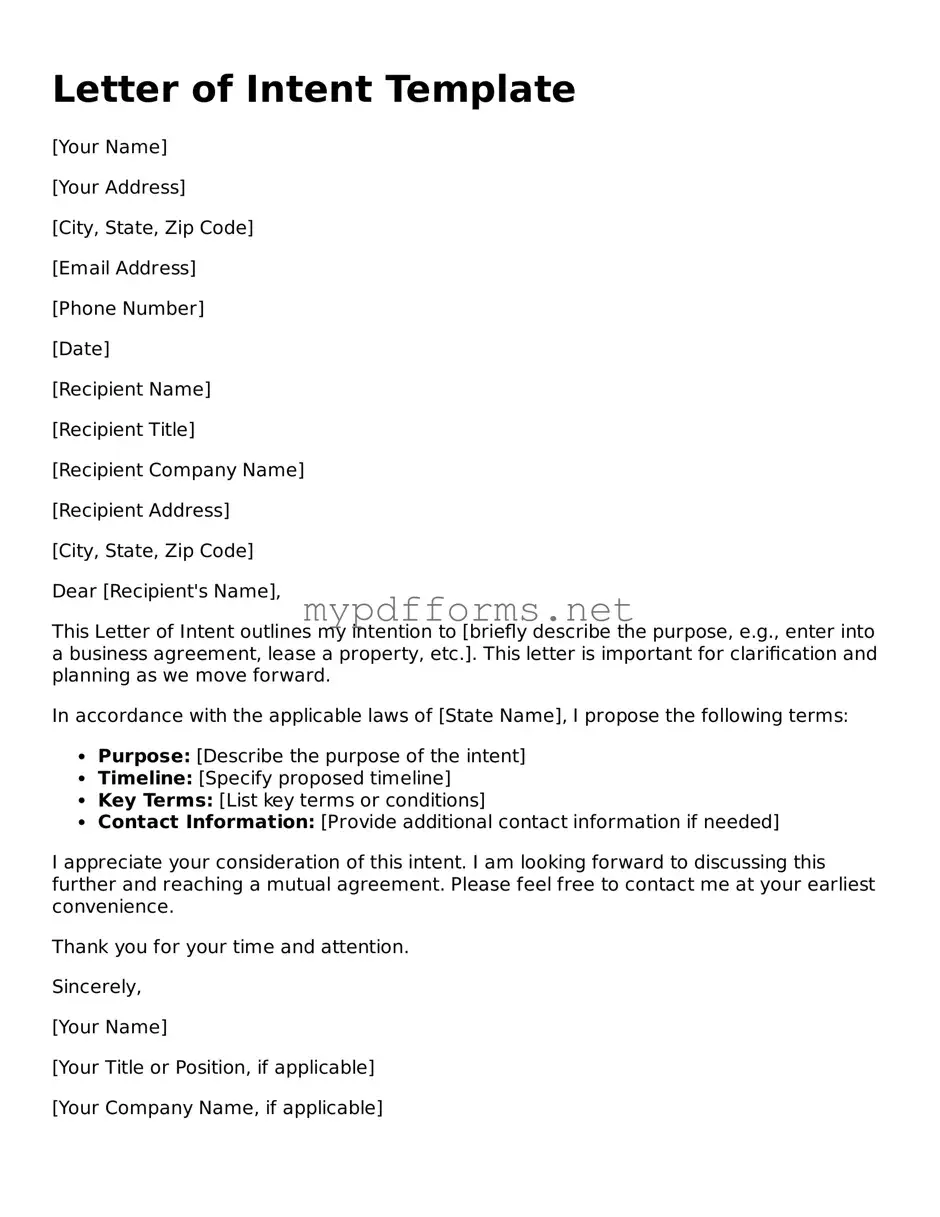A Memorandum of Understanding (MOU) is often compared to a Letter of Intent (LOI) because both documents serve as preliminary agreements outlining the intentions of parties involved in a potential transaction. While an LOI typically expresses a desire to enter into a formal agreement, an MOU can provide a more detailed framework for collaboration. An MOU may outline specific roles, responsibilities, and timelines, making it slightly more formal than an LOI, but neither document is legally binding in the same way a contract is. Both serve to clarify intentions and facilitate negotiations, helping parties to align their goals before committing to a final agreement.
The North Carolina Motorcycle Bill of Sale form is essential for anyone looking to buy or sell a motorcycle in North Carolina, ensuring that all necessary details regarding the transaction are documented. This form acts as a legal record, helping to facilitate a smooth and compliant transfer of ownership. To learn more about how to properly fill out this important document, you can visit https://motorcyclebillofsale.com/free-north-carolina-motorcycle-bill-of-sale/.
A Term Sheet is another document that bears resemblance to a Letter of Intent. Like an LOI, a term sheet summarizes the key points of a proposed agreement, including essential terms such as price, timelines, and obligations. However, term sheets are often used in financial transactions, particularly in venture capital and investment deals. They serve as a foundation for drafting more detailed contracts and can include financial metrics and valuation details that are not typically found in a standard LOI. Both documents help parties to understand the basic terms before moving forward with more complex negotiations.
A Non-Binding Agreement is similar to a Letter of Intent in that it outlines the intentions of the parties without creating enforceable obligations. This type of agreement is often used in situations where parties want to outline their understanding while still leaving room for negotiation. While an LOI may focus on the intent to enter into a contract, a non-binding agreement can cover a broader range of topics, such as confidentiality and exclusivity. Both documents aim to establish a mutual understanding while allowing flexibility in the negotiation process.
An Exclusivity Agreement shares similarities with a Letter of Intent, particularly in its purpose to protect the interests of one party during negotiations. An exclusivity agreement ensures that one party will not negotiate with others for a specified period, allowing the parties to explore a deal without competition. While an LOI may express a desire to negotiate exclusively, an exclusivity agreement formalizes this arrangement. Both documents emphasize the importance of trust and commitment in the negotiation process, although exclusivity agreements carry more weight in terms of obligations.
A Confidentiality Agreement, often referred to as a Non-Disclosure Agreement (NDA), is akin to a Letter of Intent in that both documents can facilitate discussions between parties. While an LOI outlines the intent to enter into a transaction, a confidentiality agreement protects sensitive information shared during negotiations. The two documents often work hand-in-hand; parties may sign an LOI to express their intent while simultaneously entering into a confidentiality agreement to safeguard proprietary information. Both serve to create a safe environment for discussions and negotiations.
A Purchase Agreement is more formal than a Letter of Intent, but the two documents share common ground in outlining the terms of a transaction. A purchase agreement is a legally binding contract that details the specifics of a sale, including price, payment terms, and conditions of the sale. In contrast, a Letter of Intent often serves as a precursor to this formal agreement, summarizing the main points of the deal and expressing the parties' intent to move forward. The LOI can set the stage for drafting a more comprehensive purchase agreement, making it an essential part of the negotiation process.
Finally, a Partnership Agreement is similar to a Letter of Intent in that both documents outline the intentions and expectations of the parties involved. A partnership agreement is a legally binding document that details the terms of a partnership, including profit sharing, responsibilities, and decision-making processes. While a Letter of Intent may express the desire to form a partnership, the partnership agreement formalizes that relationship. Both documents are crucial for establishing clarity and mutual understanding, ensuring that all parties are on the same page as they move forward.
